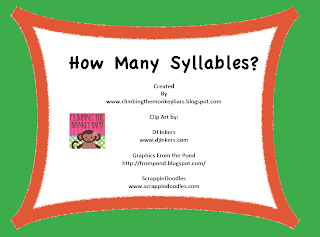My students bring home reading folders once a week. I typically send them home on Monday. The parents take out the activities in the folder and the student returns the folder the next day. The folder contains a list of our kindergarten sight words (this sheet stays in all year), an emergent reader or book we read in class (either shared reading or guided reading group) and a poem or small game that reviews key concepts (rhyming, sight words, alphabet recognition, etc.) The parents really enjoy the folders because it gives them something specific to review with their child.
I decided to make a weekly update form to place in the folder. I realized that although I was sending these activities home every week and parents were looking through the folders with their children, they may appreciate some tips about how to review the sight words, readers, etc.
The clip art is from Scrappin Doodles.









